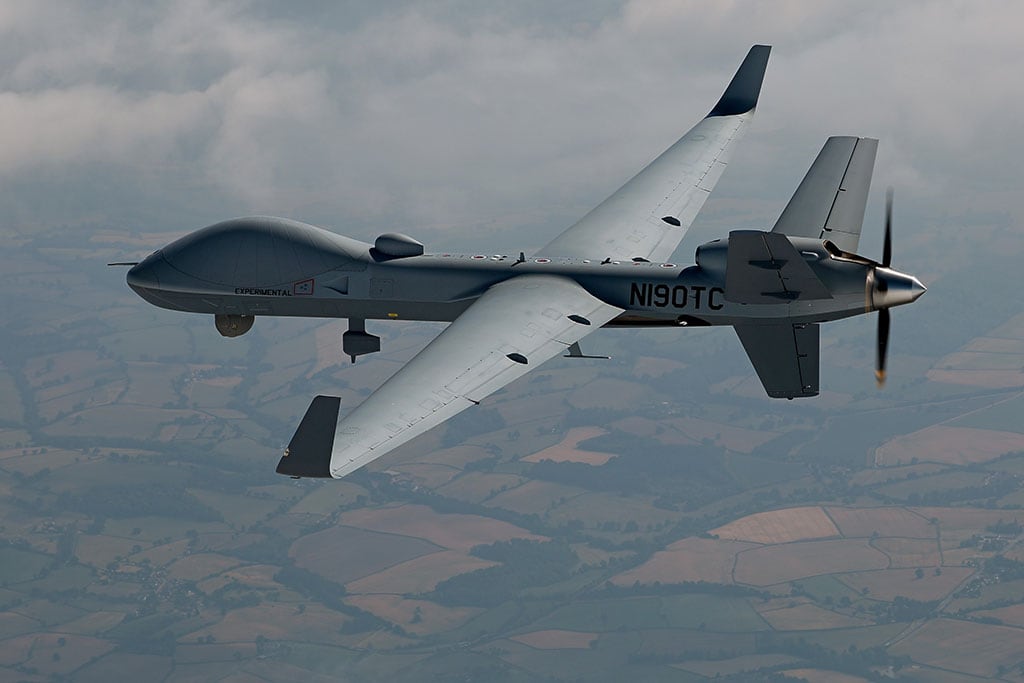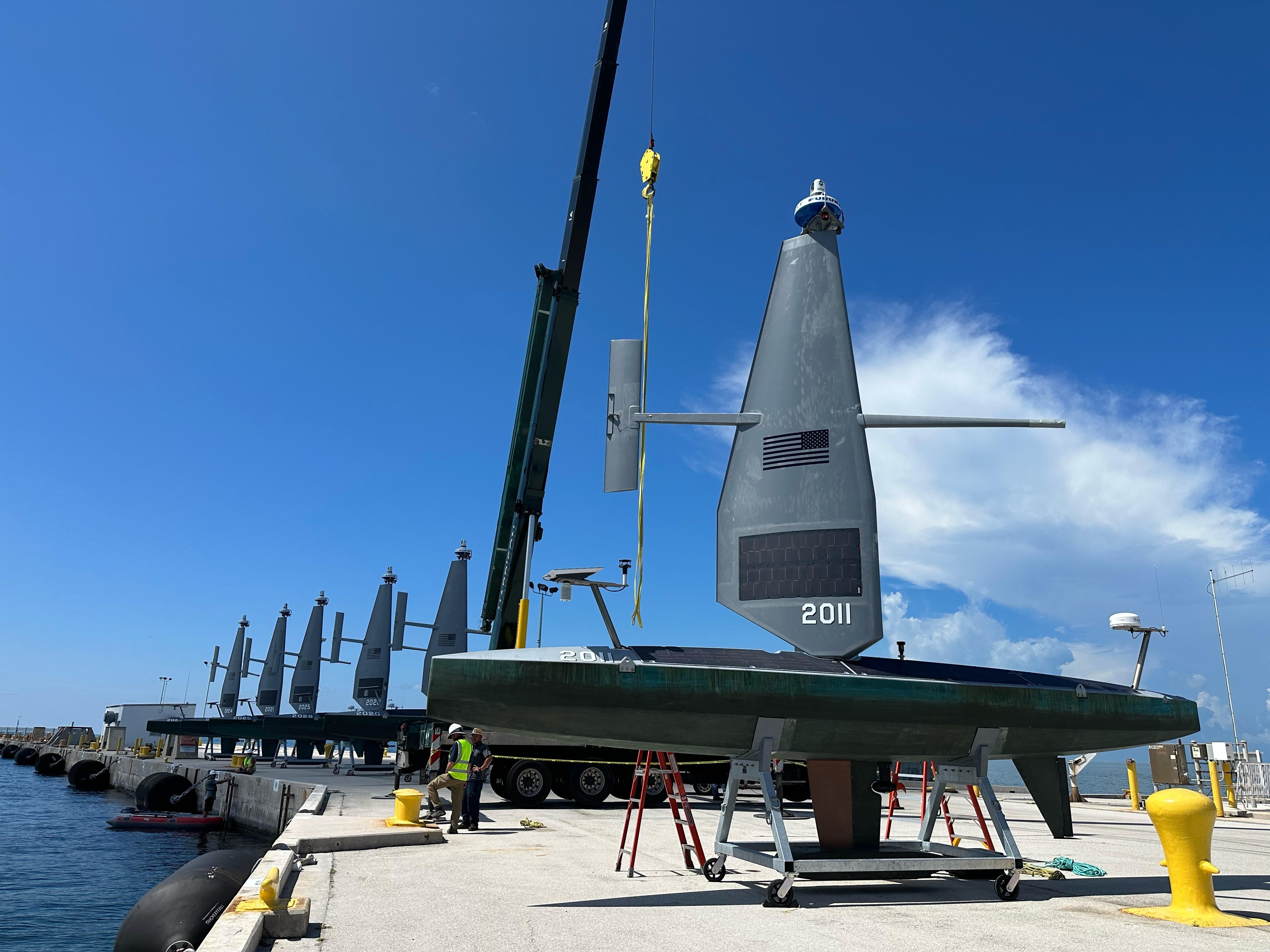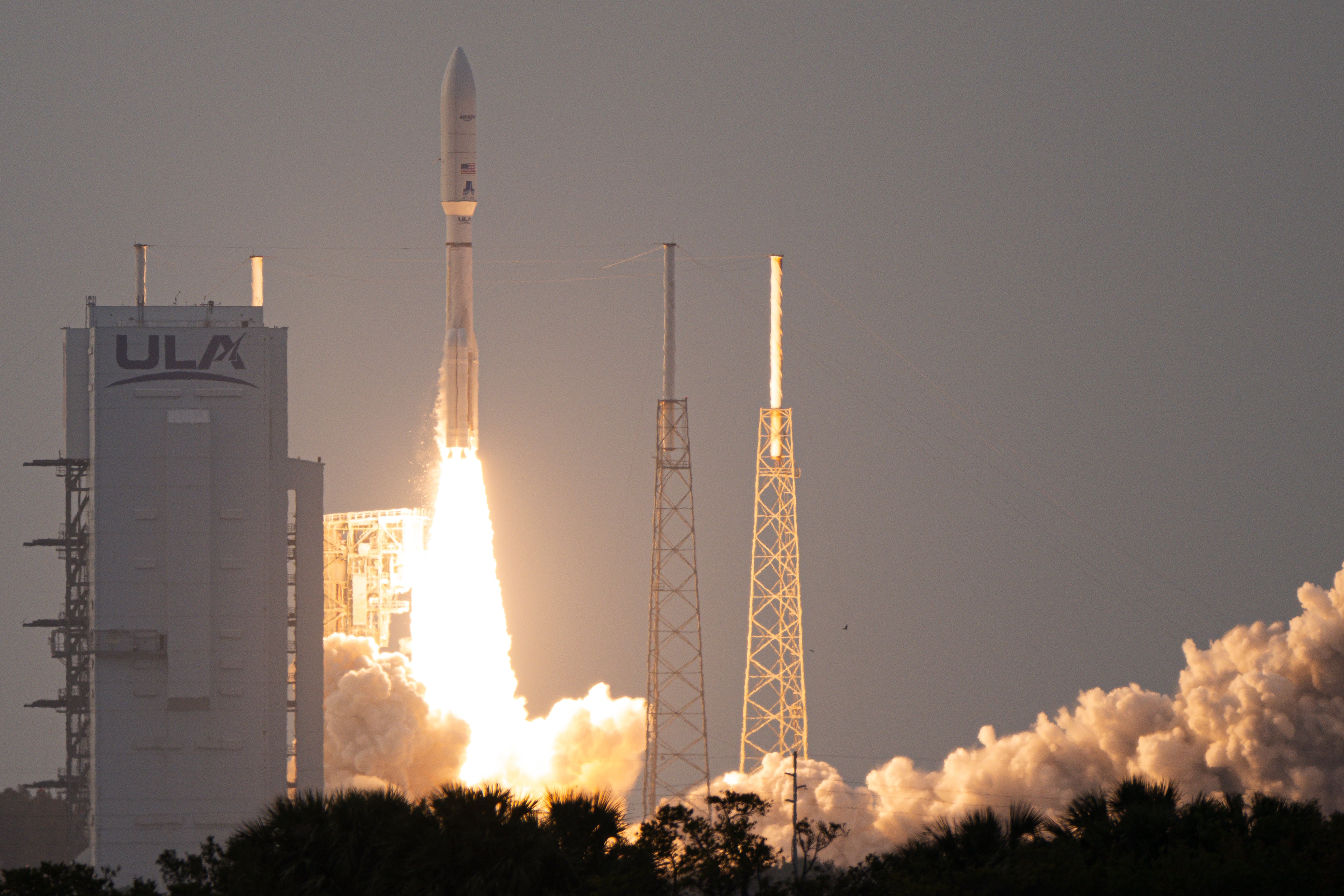For Defense Intelligence Agency Director Lt. Gen. Robert Ashley, the biggest problem his agency faces can be summed up in one word: interoperability, the ability to transfer information between systems and partners.
As head of the agency charged with keeping war fighters and policy makers up to date on the military capabilities of foreign nations, Ashley knows it is important to share information with other members of the intelligence community and the services. As a result, Ashley said, technologies being developed by or for the Pentagon need to be designed with interoperability in mind.
“Data interoperability. So all the unique capabilities--the designs that you bring to the Department of Defense--everything has to talk to everything else. Otherwise, we will be suboptimized and we will miss opportunities,” he said during an Aug. 19 keynote at the DoDIIS conference in Tampa.
“In many ways, we can solve problems at speed, but our challenge is to solve the problem at scale. I can come up with a unique capability for a battalion or a brigade so they can operate at speed within that brigade, but can they talk to every other brigade? Can they talk to other services? Can they talk to other nations? ... And buried within that scale problem is the challenge of interoperability.”
The DIA’s flagship effort when it comes to data interoperability is the Machine-assisted Analytic Rapid-repository System, or MARS. MARS is intended to replace the 20-year old Modernized Intelligence Database, which was built to store intelligence for the defense intelligence enterprise. But that decades-old program is built on 1990s technology, and the DIA wants a new system built with automation and machine learning in mind. As Ashley explained, MARS is envisioned as a common intelligence repository of all defense intelligence that users can apply different applications to in order to get the information they need. This would free up analysts to tackle harder problems, instead of sifting through multiple databases.
“That’s our moonshot. We’ve got to be able to leverage information,” said Ashley. “It’s how do we take information at speed and scale and then allow analysts to think, to work their way through problems so they’re not doing these repetitive things.”
But the issue of interoperability goes beyond MARS to all of the tasks the agency takes on. As DIA Chief Information Officer Jack Gumtow noted in his remarks later in the day, the problem applies to the DIA’s desktop environment, where users have to go through multiple steps and direct applications at multiple data sets separately to find answers.
“It should be that single pane of glass, where I go in and I have full interoperability across our partner community,” said Gumtow.
The concept goes beyond the ability of systems being able to communicate with each other. Making intelligence more accessible to more people is essential, and agencies, including the DIA, need to work to make intelligence more available to people who need it or who can add insights to it, Ashley said.
“I would ask you to take the works “proprietary” and “no foreign” out of your lexicon. We cannot do that. We have got to be able to share with our allies and partners,” said Ashley. “We have to push hard on our ability to share.”
Nathan Strout covers space, unmanned and intelligence systems for C4ISRNET.








